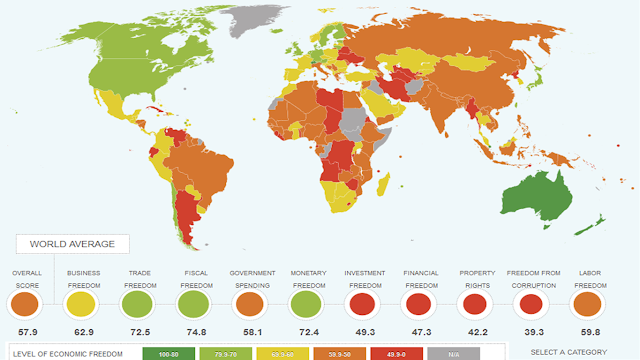Meeting with Belarus High Tech/IT Industry Leaders
The last few days I have had a series of meetings/discussions with Belarus High Tech/IT industry leaders, starting with Valery Tsepkalo (Belarus High Tech Park Director) and Alexander Martinkevich (Deputy Director Marketing and Business Development).
There is a great deal of government support behind the high tech industry in Belarus and it is a top economic development priority. In 2005, the Belarus Hi-Tech Park was established with the main goal of supporting the growing software industry, complete with an entirely different (and by contrast, very business friendly) corporate regulatory environment and tax regime. Starting in 2005 with just 4 companies, it now is home to more than 100 companies, which employ more than 12,000 Belarusians, at an average salary of more than 5 times that of the typical Belarusian worker. You can find out more about the Belarus High Tech Park here.
I also spent a good portion of the day yesterday meeting with the CEO and other company leaders/employees at ScienceSoft, the oldest IT firm in Belarus (dating back to before the Soviet Collapse).
I had a lengthy one-on-one with the CEO, Nikolay Kurayev, followed by a training/Q&A session I did with about 30 of the company managers (the topic was human capital leadership). Then Nikolay and another ScienceSoft employee (Maxim) took me to a nice dinner, where we continued our discussion on the nature of the IT industry in Belarus.
As I mentioned above, the high tech/IT industry provides a very stark contrast to all other industries/sectors of the Belarusian economy, which just fascinates me. I look forward to having the continued opportunity to meet with/learn from the various corporate leaders here and better understand this contrast and its impacts on employees in the workplace.
The last few days I have had a series of meetings/discussions with Belarus High Tech/IT industry leaders, starting with Valery Tsepkalo (Belarus High Tech Park Director) and Alexander Martinkevich (Deputy Director Marketing and Business Development).
There is a great deal of government support behind the high tech industry in Belarus and it is a top economic development priority. In 2005, the Belarus Hi-Tech Park was established with the main goal of supporting the growing software industry, complete with an entirely different (and by contrast, very business friendly) corporate regulatory environment and tax regime. Starting in 2005 with just 4 companies, it now is home to more than 100 companies, which employ more than 12,000 Belarusians, at an average salary of more than 5 times that of the typical Belarusian worker. You can find out more about the Belarus High Tech Park here.
In these initial meetings, we discussed the industry and its growth within the context of the broader Belarusian economy. Particularly, we focused much of the discussion on the IT labor shortage and issues with the higher education system in the country. I have agreed to do a series of workshops for the High Tech Park business leaders (based on their feedback regarding which topics they are most interested in), including:
- Effective Interviewing and Employee Selection
- Employee Motivation
- Creating a High Performance Work Environment
I also spent a good portion of the day yesterday meeting with the CEO and other company leaders/employees at ScienceSoft, the oldest IT firm in Belarus (dating back to before the Soviet Collapse).
As I mentioned above, the high tech/IT industry provides a very stark contrast to all other industries/sectors of the Belarusian economy, which just fascinates me. I look forward to having the continued opportunity to meet with/learn from the various corporate leaders here and better understand this contrast and its impacts on employees in the workplace.




















































